One of the “comfort meals” that many adults and older children turned to when they were younger was canned chicken noodle soup jars that are made of glassware.
This was especially the case on days when it was really chilly or when they weren’t feeling very well. As their principal source of sustenance, the family often ate a wide variety of canned soups in a variety of flavors.
However, do they meet the requirements to serve as members of that government’s cabinet? There is no reason to let the unavoidable workings of business contaminate your most treasured memories from your youth; do not do this to yourself.
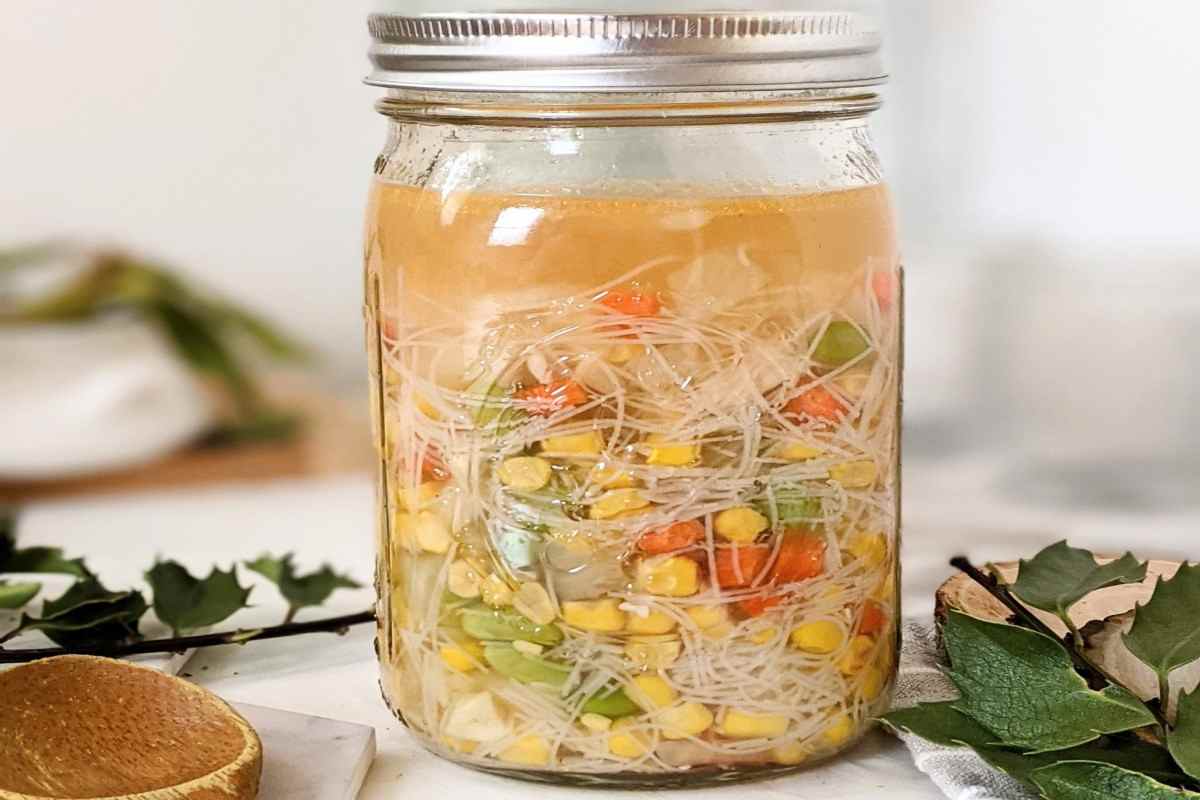
You will, however, be able to make more informed decisions about your health as an adult if you are aware of the elements that contribute to why canned soups are harmful to you.
It is not unreasonable to have some concerns about the quality of soup that is sold in a can. Can I expect any positive results if I reduce the amount of canned soup that I consume on a daily basis?
Jarred soups are preferred to canned soups for a number of reasons, which we will go over in this section.
When it comes to maintaining a diet that is healthy from a nutritional standpoint, it is best to consume jarred soups rather than canned soups.
Caution: consuming soup from a can might prove to be lethal.
The ingredients of canned soups and the methods used to cook them both constitute potential dangers to one’s health to a significant degree.
Subpar diet:
A high amount of salt is often included in canned soup for reasons that should be obvious to the reader. Because the average person consumes the whole contents of the can, their recommended daily salt consumption is between 1,200 and 1,400 mg.
It has been determined that the individual has consumed more than 1,300 milligrams beyond the recommended maximum daily consumption of 2,300 milligrams.
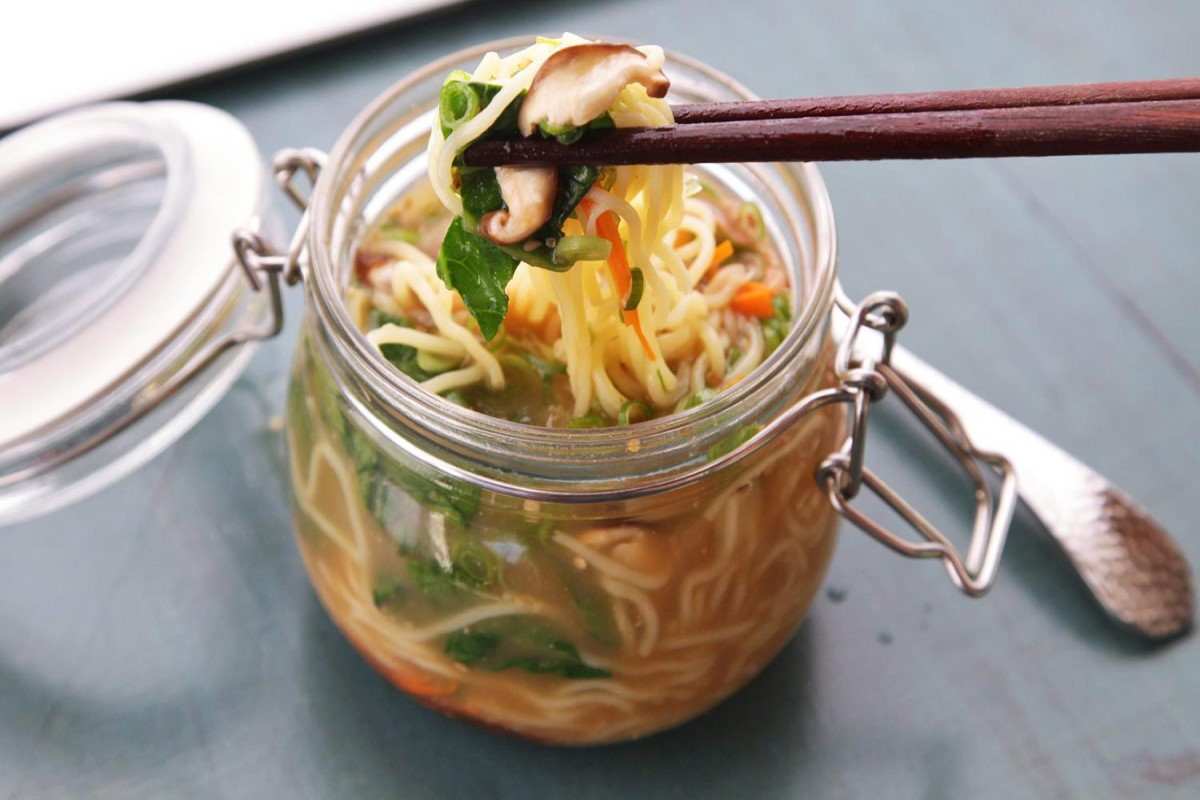
These meals get part of their calories from the thickeners, which also add to the overall taste of the dish and make it more palatable to a wider range of consumers.
As a direct consequence of this, many meals include a considerable quantity of the harmful kind of fat known as saturated fat.
A variety of health issues, including obesity, diabetes, and high blood pressure, have been linked to diets that are heavy in saturated fat and salt.
The way that canned goods are mass manufactured, in which quantity is valued over quality and health, is directly tied to the low nutritional content of the items that are marketed in cans because of the way that this process prioritizes quantity over quality and health.
These two aspects are connected in a way that cannot be separated.
Substances That Carry the Potential to Induce Harm:
The procedure of preserving food often involves the use of cans made of aluminum. Unfortunately, aluminum includes BPA, a chemical that has been demonstrated in studies to have negative effects on the neurobehavioral as well as the endocrine systems.
There is a risk that the BPA contained in the liner may leach into the food contained inside the can.
In addition to that, sodium phosphate may be found in the components of these broths.
The shelf life of soups is extended by using this component, which is comprised of a mixture of salt and phosphate, and the flavor of the soups is improved by using the component.
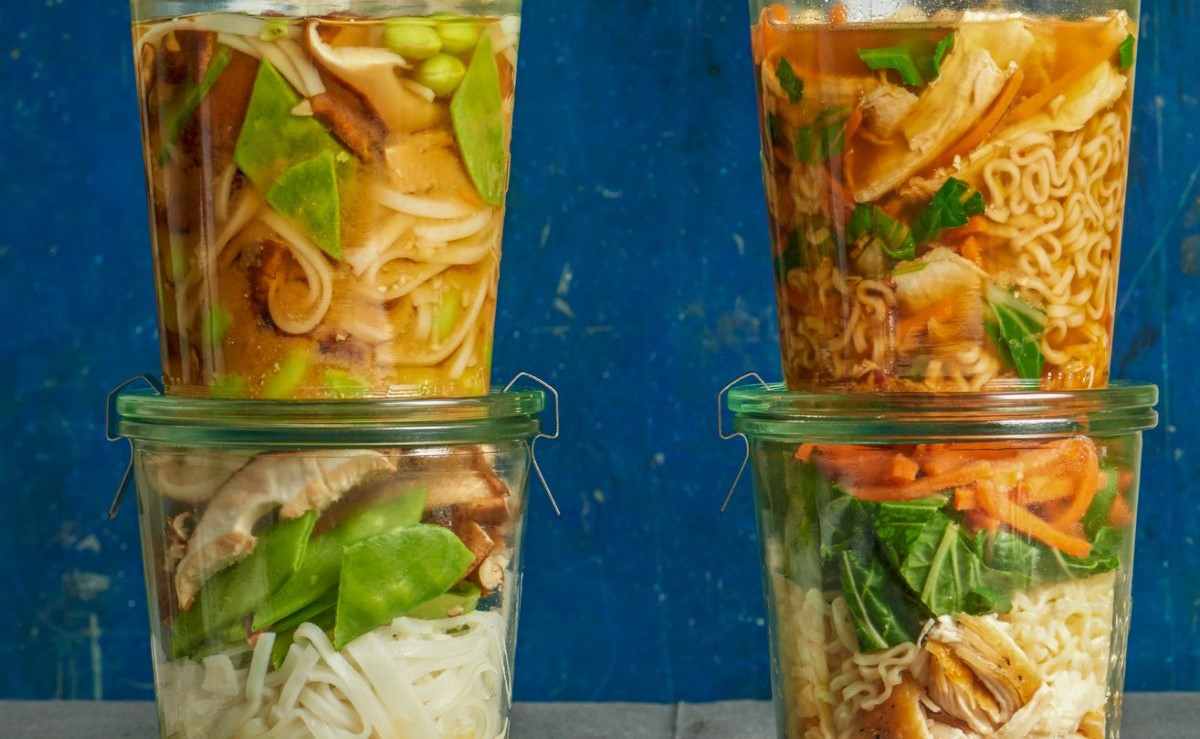
In spite of the fact that this molecule is required for life, it has been discovered that canned soups have concentrations of it that are far greater than what is regarded as safe for human consumption.
The mobility, low-calorie content, and cost-effectiveness of canned soup are some of the advantages that it offers.
Making homemade soup requires a significant investment of time and effort, but the result is well worth it since you have complete control over the materials that go into it.
Find a soup that comes in a healthy jar as a fantastic option to consider if you want the convenience of canned soup but also want to consume healthier components.
Healthy jar soups help you maintain a healthy lifestyle while also saving you time.
This is possible due to the fact that the ingredients in healthy jar soups are carefully chosen, and healthy jar soups do not include the same additives and chemicals that are present in a can of soup.
Food that is not only more beneficial to your health but also less likely to include any potentially dangerous components.
If you are going to eat vegetable soup, you may as well get the most out of it and make the most of the nutrients that it has to offer.
In contrast to canned soups, which often have an excessive quantity of salt or thickeners added to them, the taste of soups stored in jars is more authentic due to the absence of these additives.
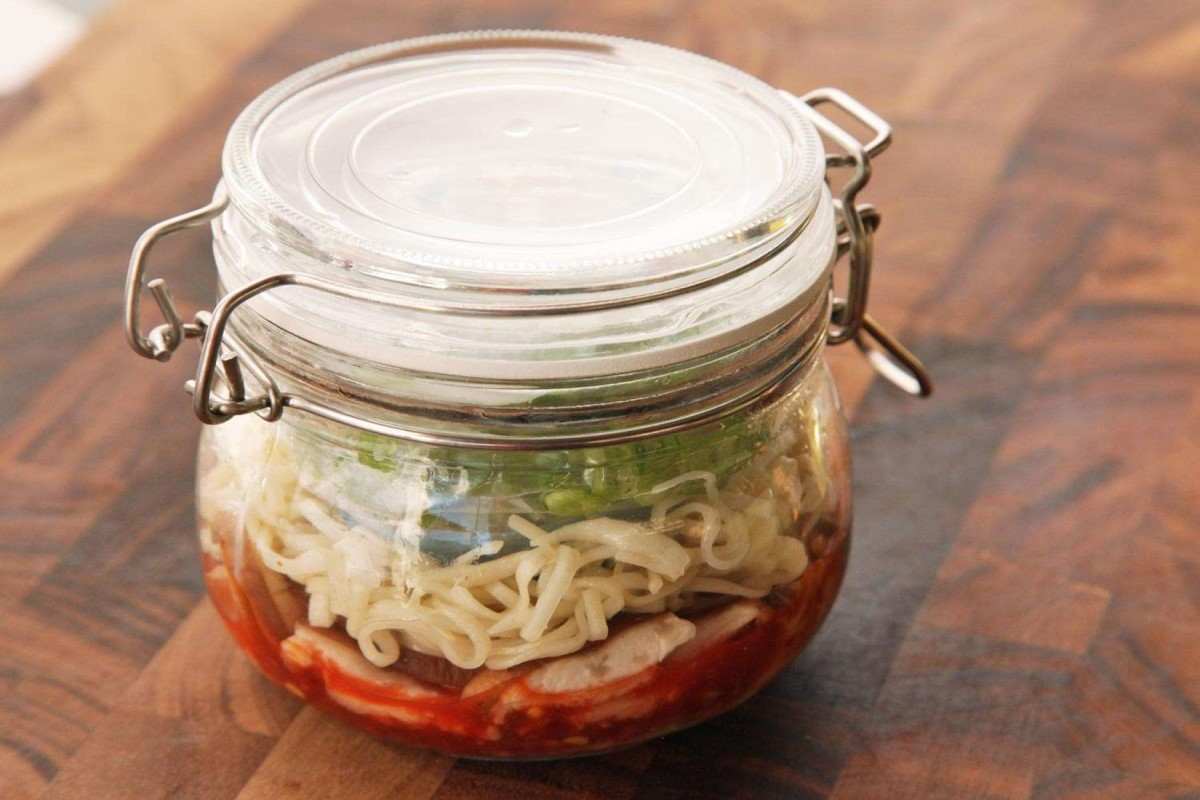
Because of this, the soup will have fewer of the nutrients that it originally had. Due to the fact that vegetables retain a higher percentage of their original nutritional value after being dried, they are an excellent option for use as an ingredient in soup.
When compared to canned types, soups that come pre-packaged feature a larger percentage of components in their overall product.
In addition, canned soups have an increased likelihood of including a higher number of genetically modified organisms (GMOs) as components than other types of soups do.
You should look for items that either do not include genetically modified organisms (GMOs) or have had their lack of GMOs certified by a third-party group such as Project Non-GMO.
The glass does not contain any measurable quantities of bisphenol A (BPA). If you go from storing food in cans to glass containers, there is a decreased likelihood that members of your family may be exposed to potentially hazardous substances.
You may reward yourself with some healthy soups that come in jars while you are working on cleaning up your home of metal objects.
It would be inappropriate to speak in broad strokes about soups as if they were all of the same kind. When you purchase soup in a can from the grocery store, there is a chance that you will be putting potentially dangerous ingredients into your body.
If the soup was prepared in a restaurant, the danger level would be higher. In addition to this, the flavor has become less intense.
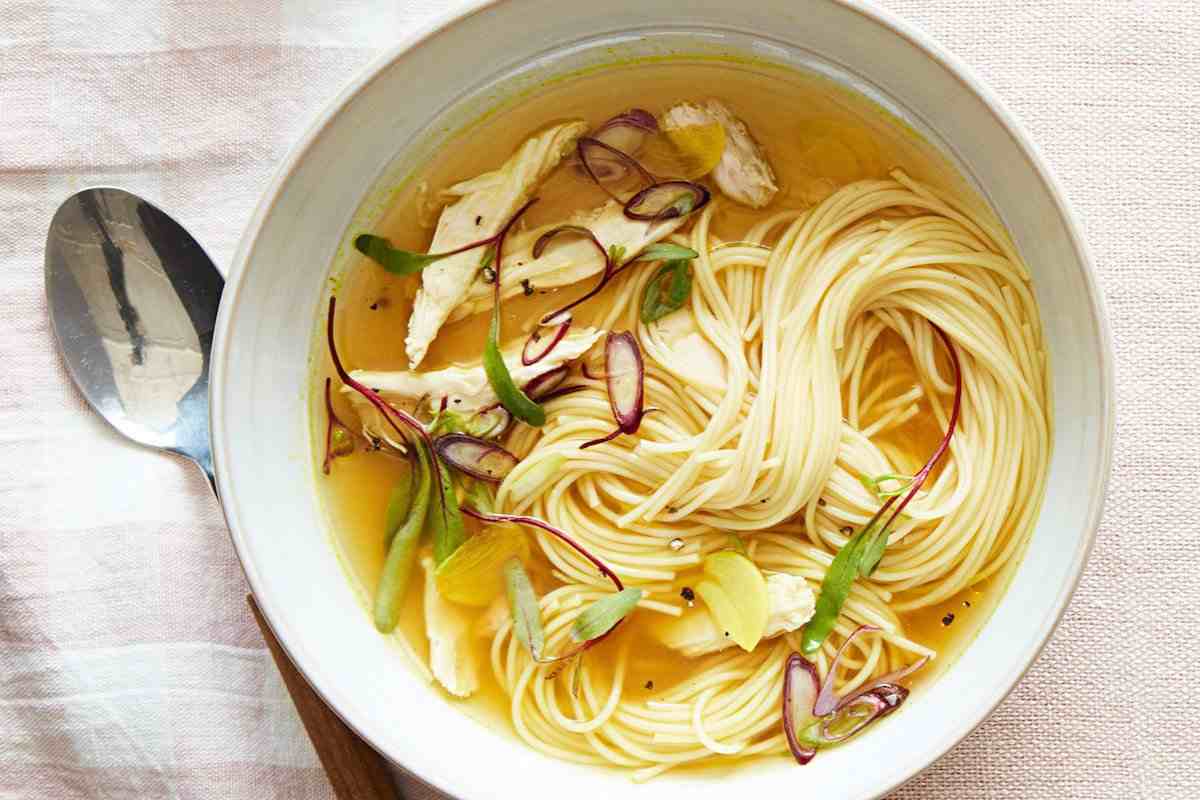
Canned Noodle Soup
When I was a kid and in need of a hot meal, something to make me feel better when I was sick, or just something to eat when I came home from school, I would turn to that. On the other side, I can’t stand eating such stews or soups that are too thick.
Canned Chicken noodle soup has been one of the things that put me at ease for as long as I can remember, and it continues to be one of those things.
When I’m in the need of a substantial bowl of soup, the only thing that will do is the best chicken noodle soup that I can make myself from scratch.
To tell you the truth, I consider this to be one of the best soup recipes I’ve ever made. You’ll have a better understanding of this if you make your own batch.
I have tried a lot of different recipes for chicken noodle soup, but this one definitely stands out as the best. One of the best ways to preserve food is to can it, and the process is not at all difficult. Chicken noodle soup is a fantastic candidate for canning.
This recipe is easily adaptable for canning if that is something you want to do. Canning under pressure is required wherever meat is included.
Anything that contains meat should never be canned in a double boiler because it poses a safety risk. To make my Homemade Chicken Noodle Soup, you only need to follow the recipe exactly as it is stated, with one notable difference.
Be sure to remove the bay leaves and noodles from the jars before processing them. This step is necessary before you can use them. Due to the resiliency of bay leaves, the contents of a jar will become worthless after some time has passed after they have been added.
Pour the soup base into the canning jars, allowing about an inch of headspace between each jar. After that, make use of a bubble tool to eliminate the air pockets that have formed.
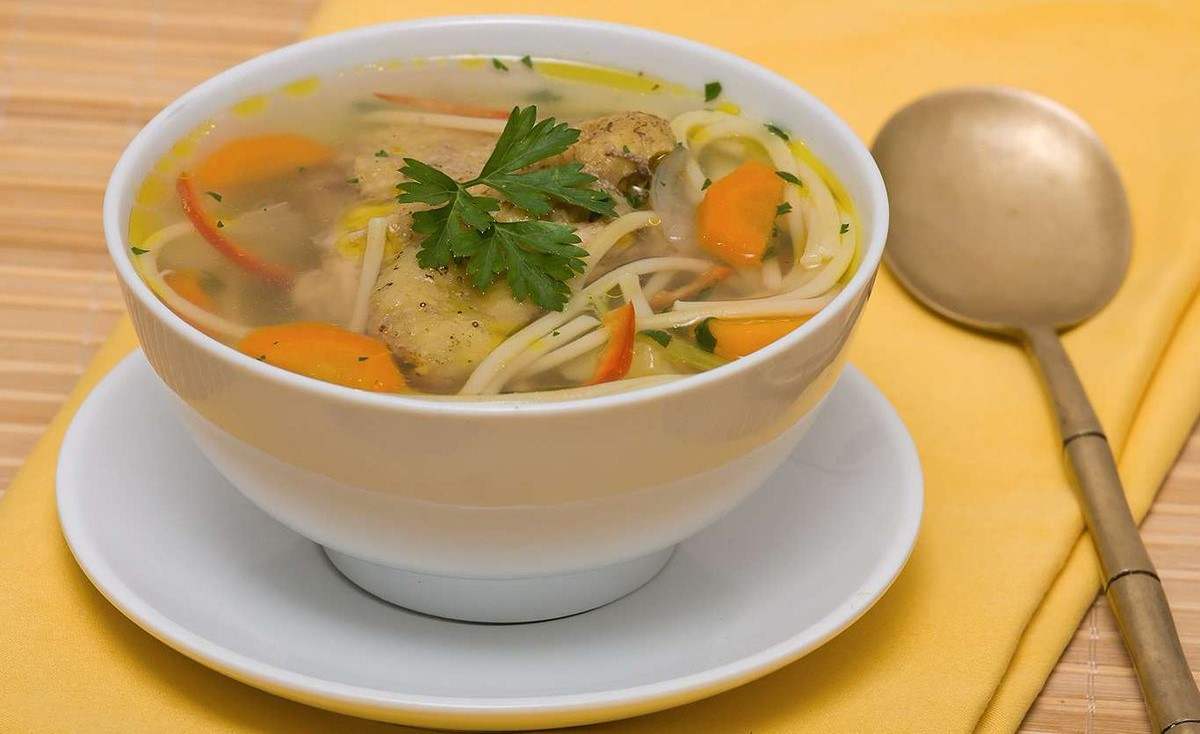
First, wipe the inside of the jars clean, and then replace the cap and ring. Adjust the finger rings to fit your finger.
When making pints, the broth, veggies, and chicken should be processed for 75 minutes at 15# PSI. When making quarts, the processing time should be 90 minutes. At a minimum of 12 hours, you should walk away from the jars while leaving the lids slightly ajar.
If the container has not been properly sealed, do not wait to start consuming the contents. The fresh version of my chicken noodle soup is delicious, but it also keeps nicely in the freezer.
Either the whole meal, including the egg noodles, or just the soup base may be frozen and added at a later time.
Both of these options are available. That is entirely up to you to decide. I keep it in large soup containers in the freezer, regardless of whether I want to use it right away or put it aside for later use.
Regarding the list of components, there is something that I would want to provide some commentary on. In my view, there is no such thing as adding an excessive amount of vegetables to chicken noodle soup.
If you want to make a pot of soup that is delicious, you need at the very least use the amounts of carrots and celery stalks that are indicated above. You are welcome to provide more commentary on the arguments I’ve made in the previous sentence.
If you so choose, you may also add chopped onion or any kind of chopped vegetable. Because of the extreme difficulty of preparing this soup, you’ll need to exercise some creativity while you’re in the kitchen.
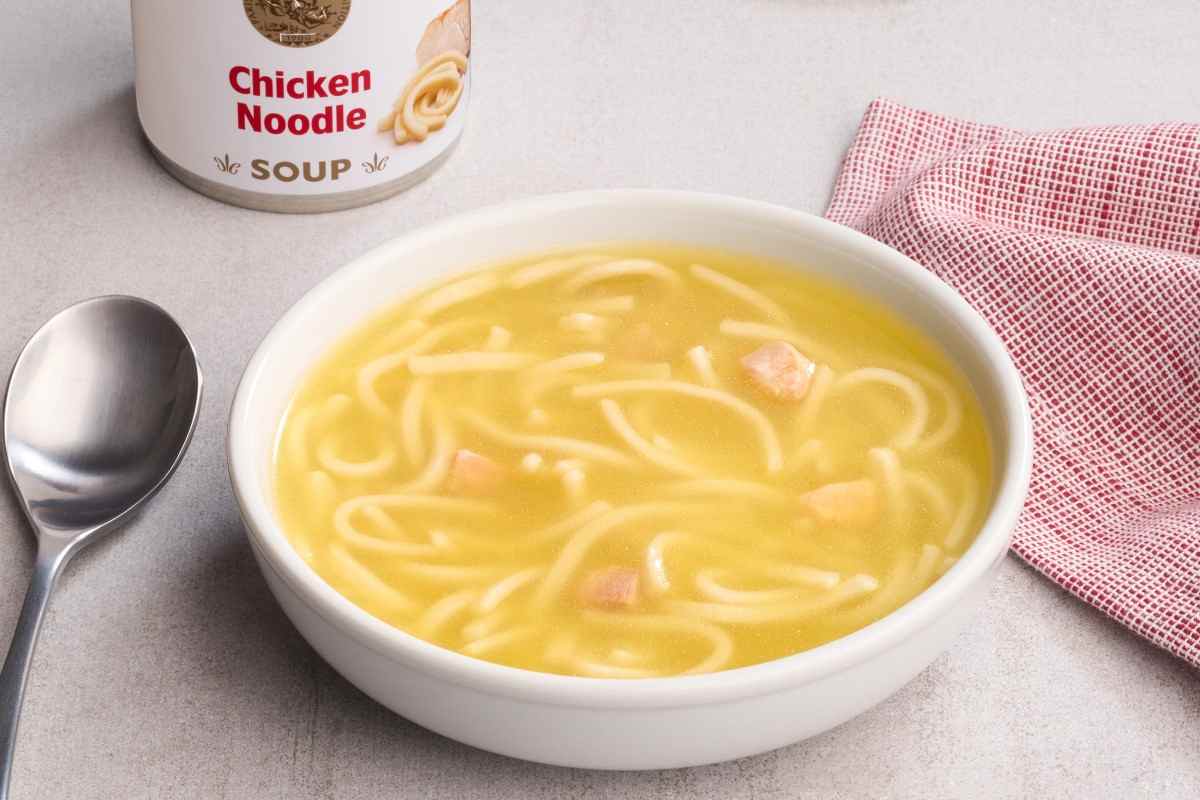
Before the soup can be heated, the chicken breasts have to be prepared and cooked. In my experience, the easiest technique is to bake the food in individual foil packets.
Ensure that the edges of the foil are crimped together tightly around each chicken breast. Because the chicken breasts already have seasoning on them, there is no need to add any more to the dish.
Wrap each piece of chicken, then bake it at 375 degrees until it reaches the desired level of doneness. Wait until it has cooled down before you start chopping it up.
Put your concerns about it to the side for the time being. After the chicken is done cooking, or at any point throughout the cooking process, add chicken stock to a large pot or Dutch oven.
This recipe for chicken noodle soup will come in handy, so make sure that your pot is big enough to hold everything. Raise the temperature to medium in order to warm it up, but hold off on bringing it to a boil for the time being.
During the time that the broth is heating up, you should make a homemade vegetable wash and wash the carrots and celery. After that, chop the celery and carrot into small pieces.
Because I want to enjoy each and every mouthful of mine, they are always adequately proportioned.
You may cut them to whatever size you choose! Since I’ve previously made it clear that you may include more vegetables beyond what I’ve requested, you’re free to get creative with the dish.

At this point, you should finish cleaning and preparing any extra ingredients. As soon as the vegetables have reached the desired doneness, add them to the stock.
After that, add all of your preferred spices, such as bay leaves and rosemary, and give it a thorough stir before proceeding.
It is imperative that you stir the meal all the way to the bottom of the pot in order to ensure that the seasonings are spread evenly throughout the dish. Because the bay leaf in the photo was very little, I decided to add two more.
Turn the heat up to medium-high on the burner and wait for the water to boil. After the liquid has reached a boil again, the chicken should be added.
Stop what you’re doing and start the canning procedure as soon as possible if you’re preserving this chicken noodle soup. In every other case, continue. Egg noodles should be added to the water that is boiling and cook for six to eight minutes, or until they reach the “al dente” stage.
To avoid the noodles from becoming stuck to the bottom of the pan, you should make it a habit to give them a thorough stir on a regular basis.
As soon as the pasta has reached the desired doneness, remove the bay leaves and immediately serve the dish. Serve this meal over some crusty bread for the perfect accompaniment.

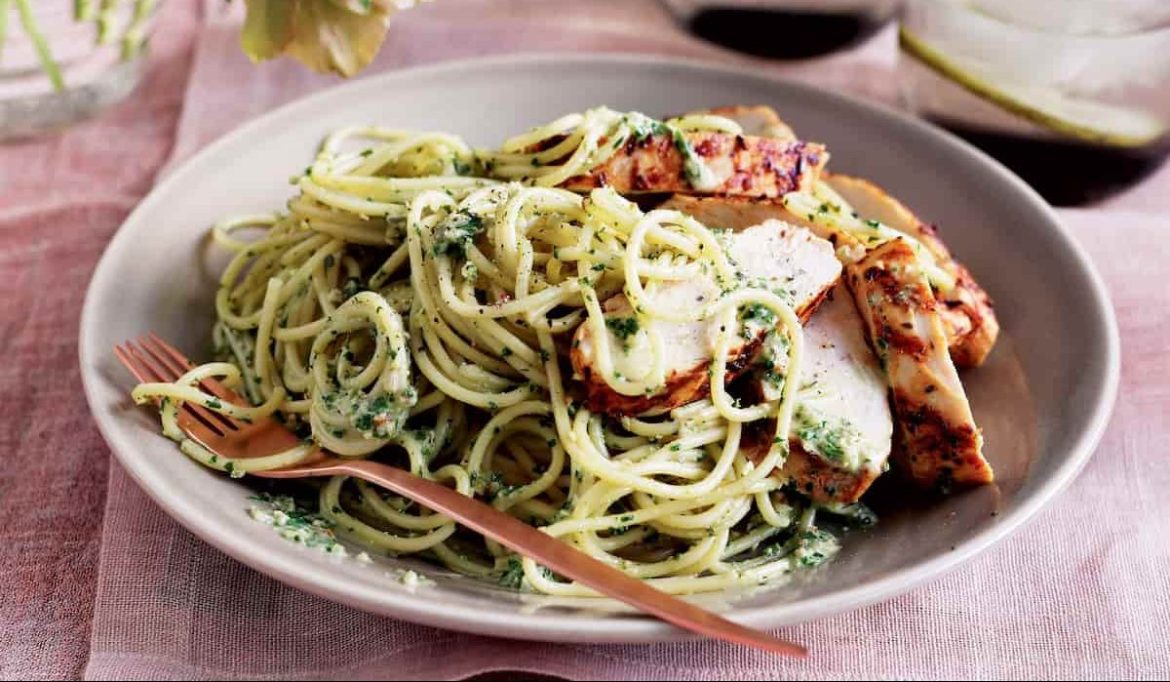
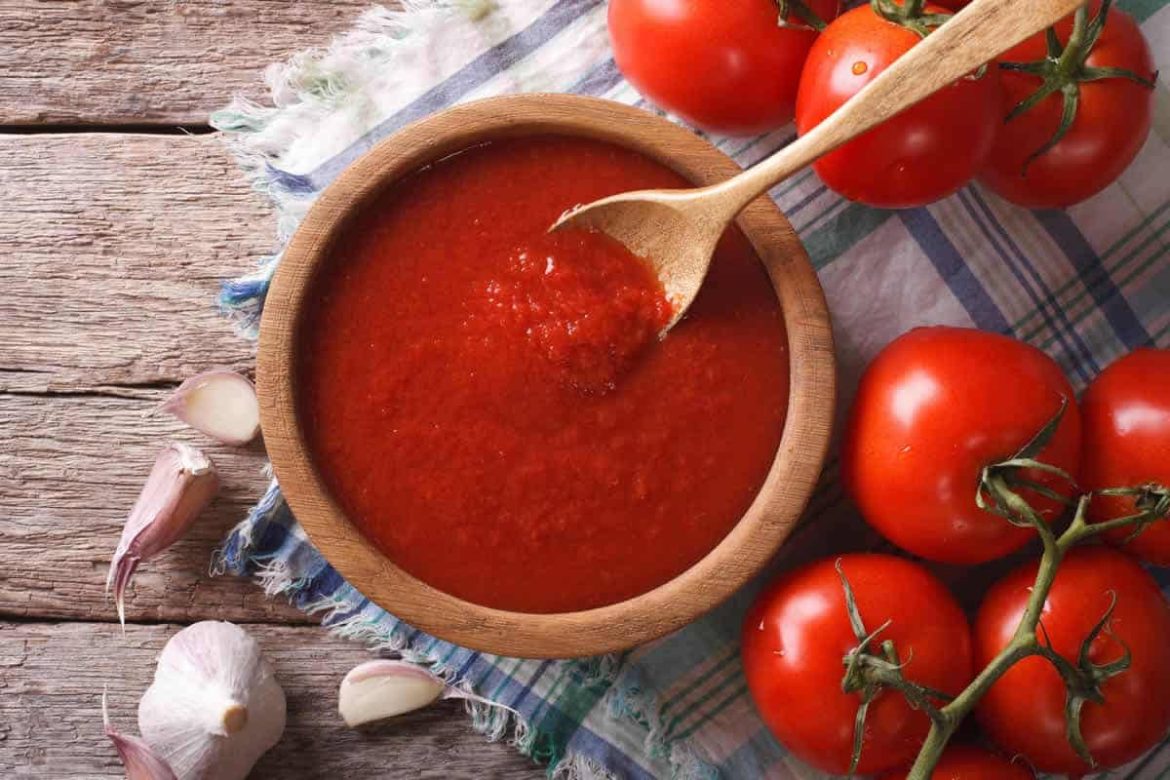
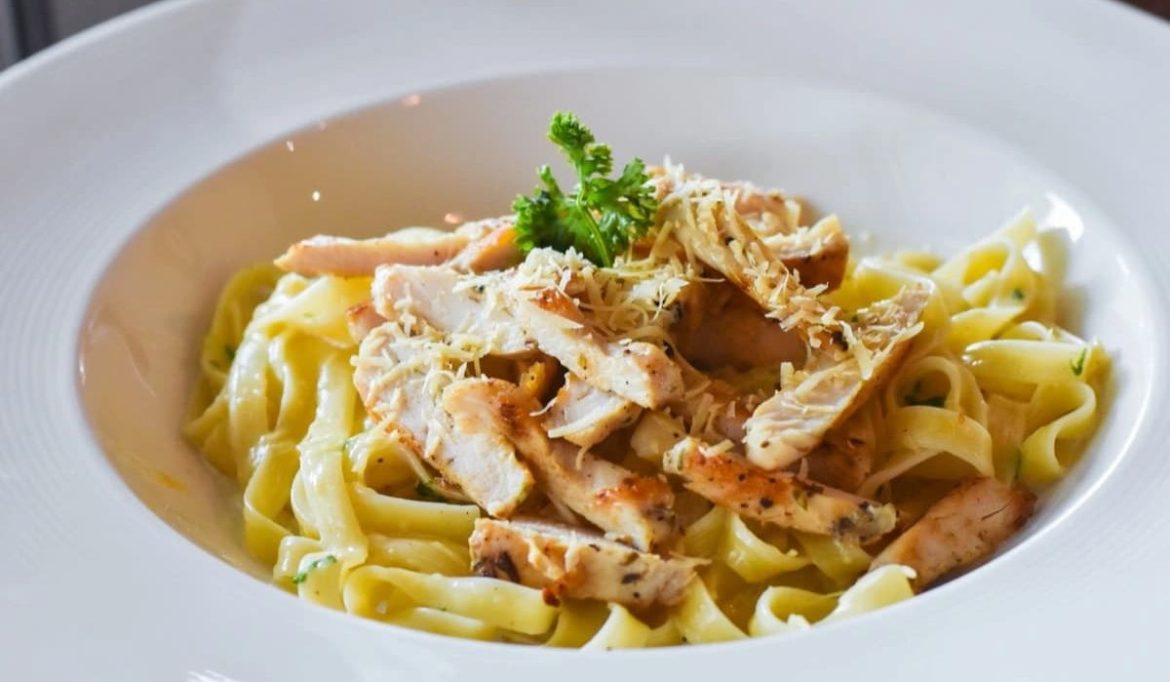
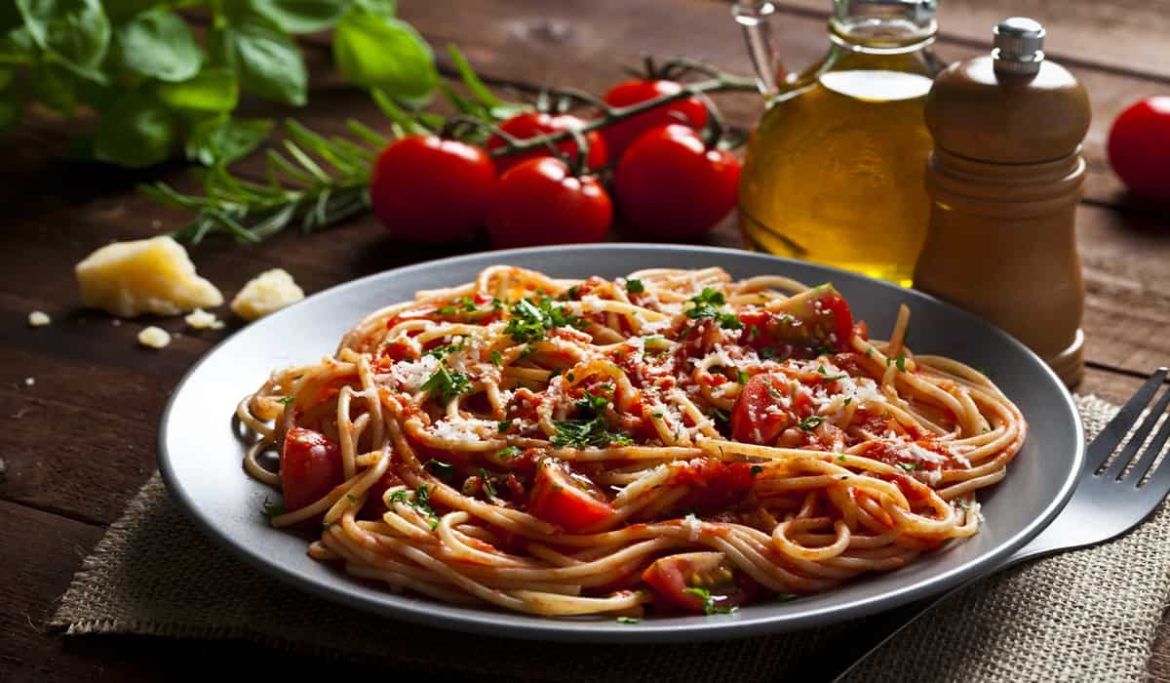
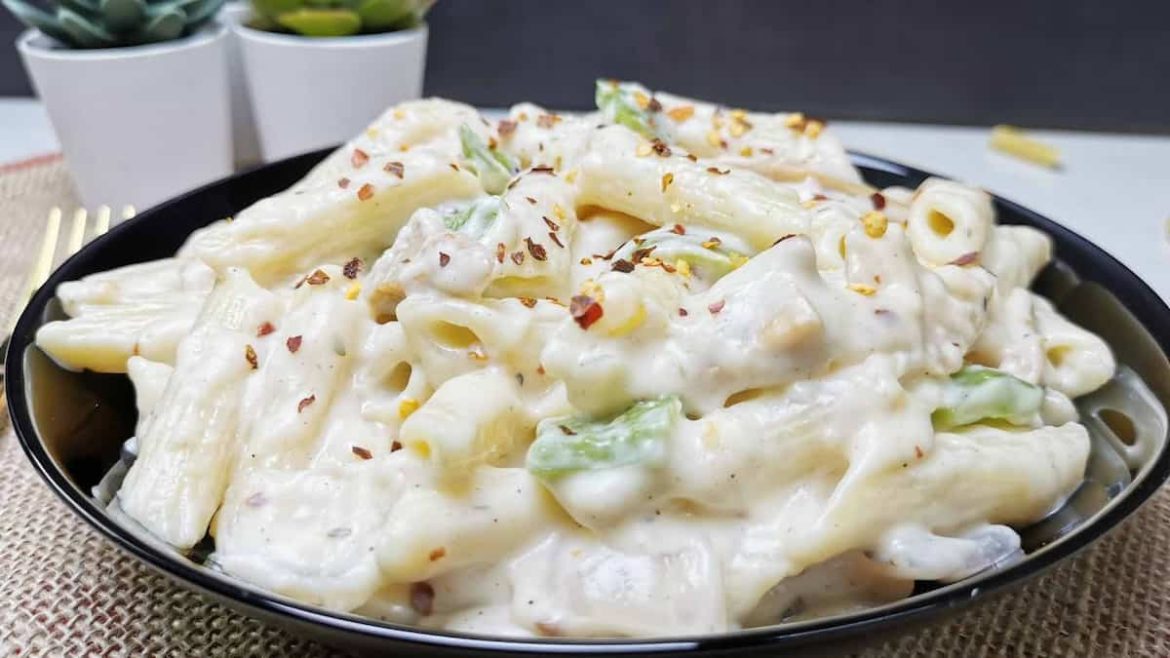
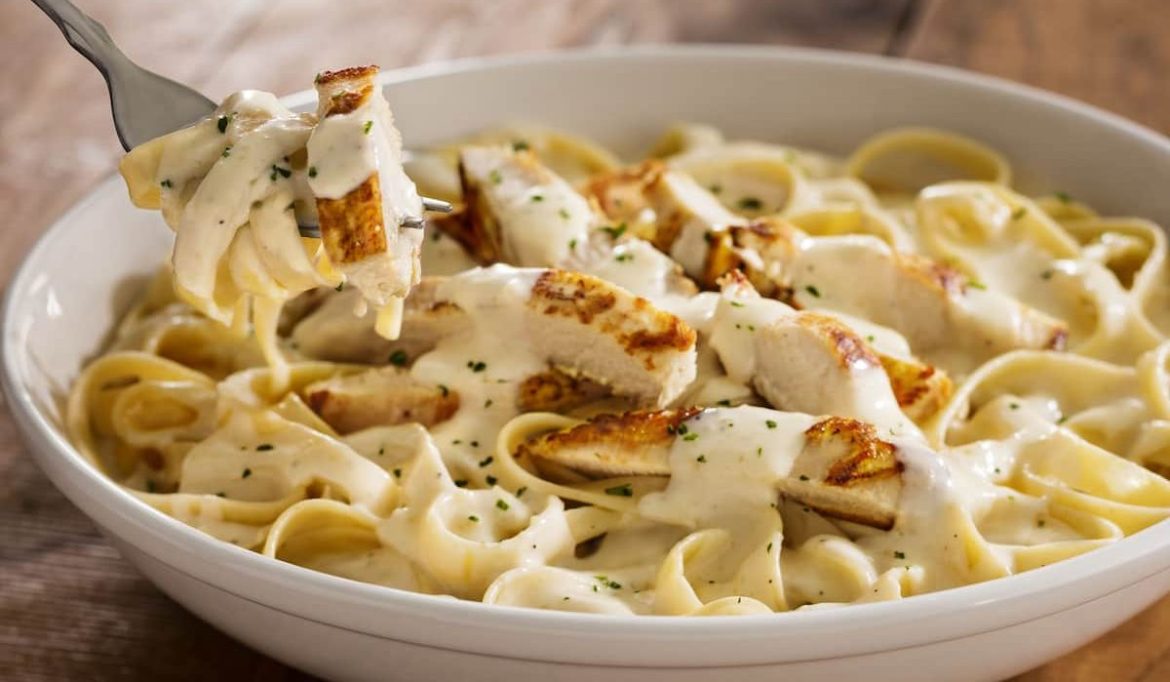
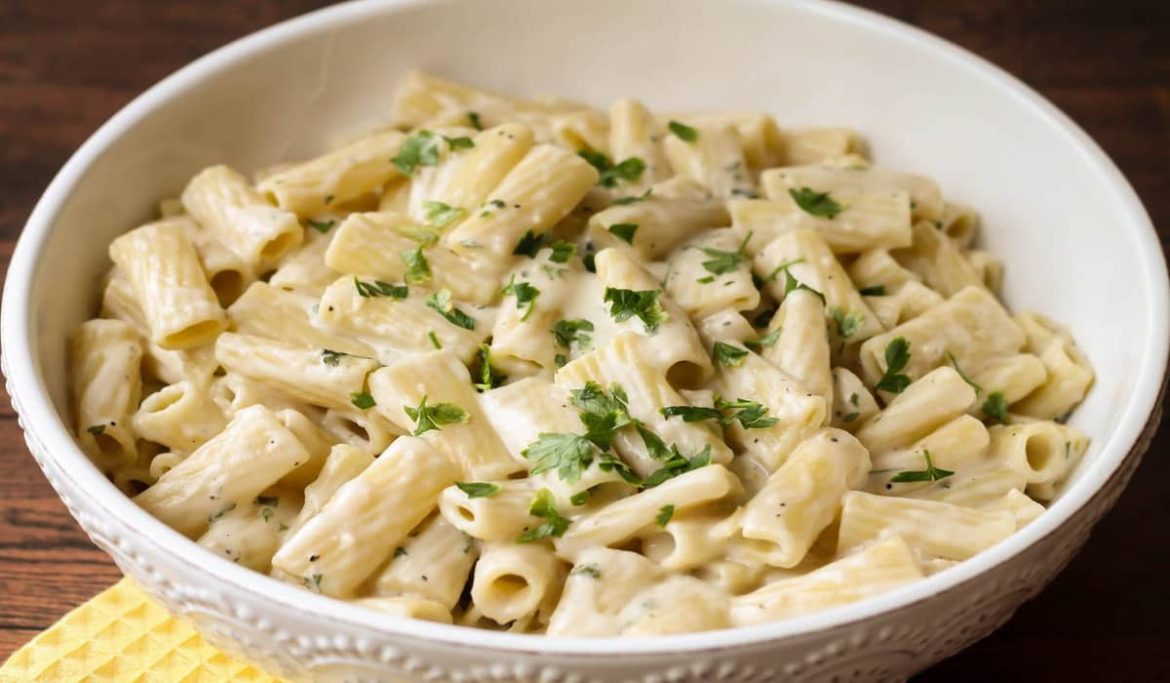
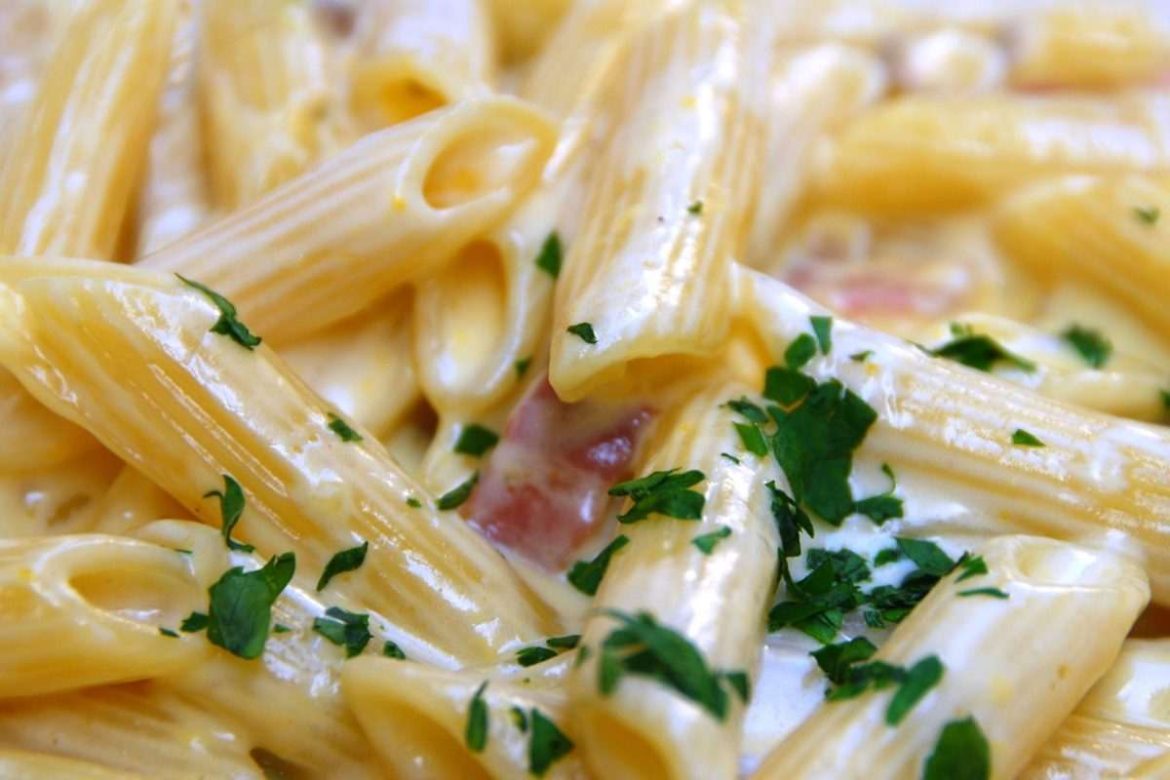
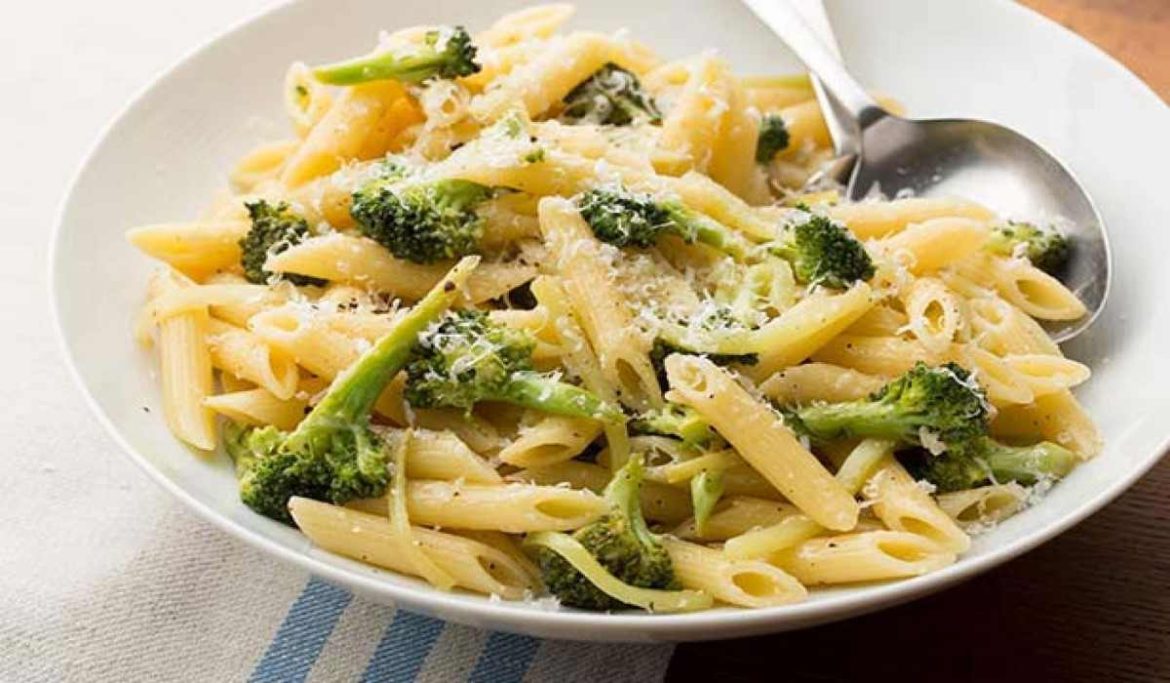
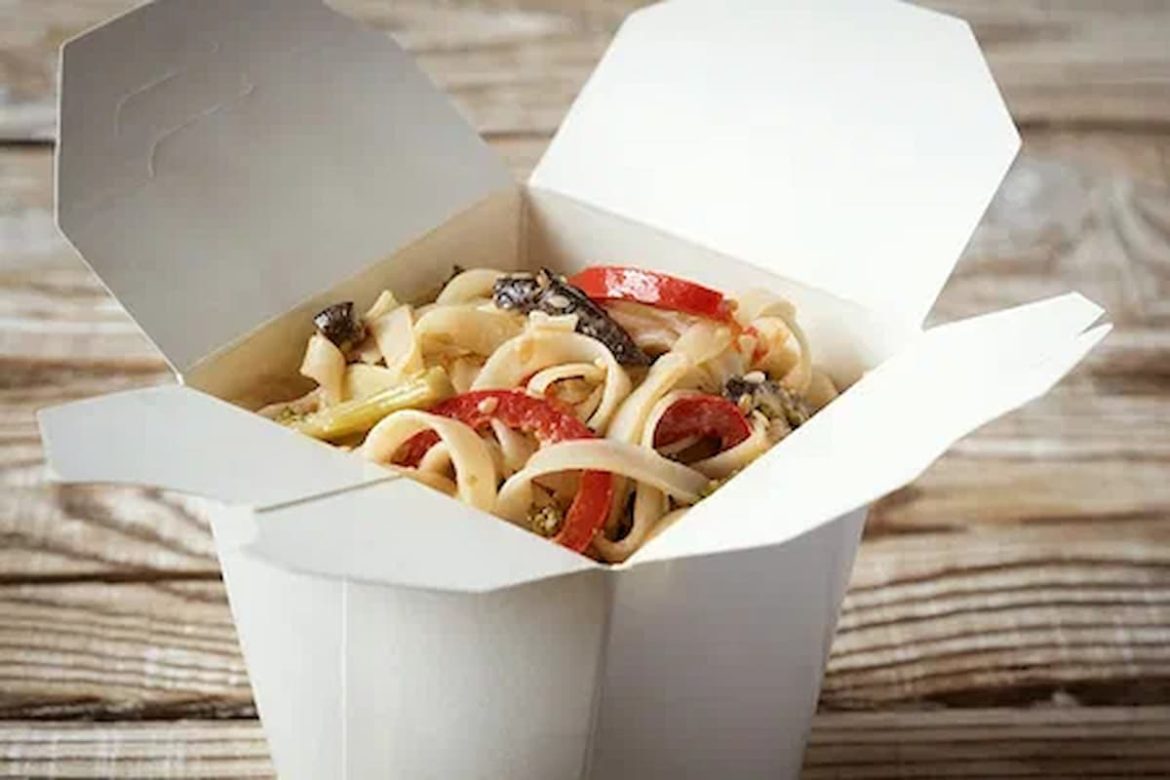
Your comment submitted.